Pizzas, doughnuts, paranthas, pastries, momos, pasta— what looks like a list of all of our favourite comfort foods may be under the threat of contamination because of the one essential, common ingredient they all use, i.e., Maida or white flour.
Maida is white flour made from wheat after being milled without any bran, refined, and bleached. It is used extensively in the Indian subcontinent for making fast food, baked goods, traditional sweets and flatbreads. The endosperm of wheat grains is used to make flour. Endosperm is a part of the wheat grain (seed) that stores critical nutrients for the plant’s development. It is rich in fibre, vitamins and various other nutrients, and is an integral part of Indian cuisine. However, flour is often subject to adulteration via weed seeds, dust, pebble straw, broken grains, boric acid and chalk powder. Therefore, it is important to check maida for adulteration to prevent consuming harmful contaminants and their induced health issues.
How to detect adulteration in Maida
According to the FSSAI, maida can be adulterated with boric acid (a weakly acidic hydrate of boric oxide).
To detect adulteration-
- Add 5ml of water to 1gm of maida in a test tube and shake the contents.
- Add a few drops of concentrated hydrochloric acid to this mixture.
- Dip a turmeric paper strip in this solution.
- If the turmeric paper turns red, it means that the maida has been adulterated. If there is no colour change, the maida is safe from adulteration.
Besides this, one can even detect adulteration via chalk powder by adding some dilute hydrochloric acid to the suspected flour in a test tube. If the maida contains chalk powder, effervescence will be produced.
Additionally, to check if the flour has been adulterated with bran, sprinkle the sample in a glass of water. If there’s bran present, it will float on the surface of the water.
Important points to remember
Considering that majority of the citizens’ purchase maida in a ready-to-use form and are unaware of what goes on behind the scenes of manufacturing and packaging, it may be helpful to keep these pointers in mind:
Appearance: Ideally, maida should have a soft and creamy appearance. If it appears to be extremely white, it has most likely been bleached.
Taste: A maida-based product should have a somewhat sweet flavour, rather than being bitter or insipid. If it tastes slightly bitter, the flour has been made from old wheat or it has been subjected to adulteration.
Eat healthy, stay safe.
We are what we eat, therefore, it is our responsibility to ensure that the food we’re consuming is safe from adulteration and other forms of contamination. In the words of Hippocrates, “Let food be thy medicine and medicine be thy food”.
Practice safe and responsible eating, dear readers!
 Food Manifest
Food Manifest 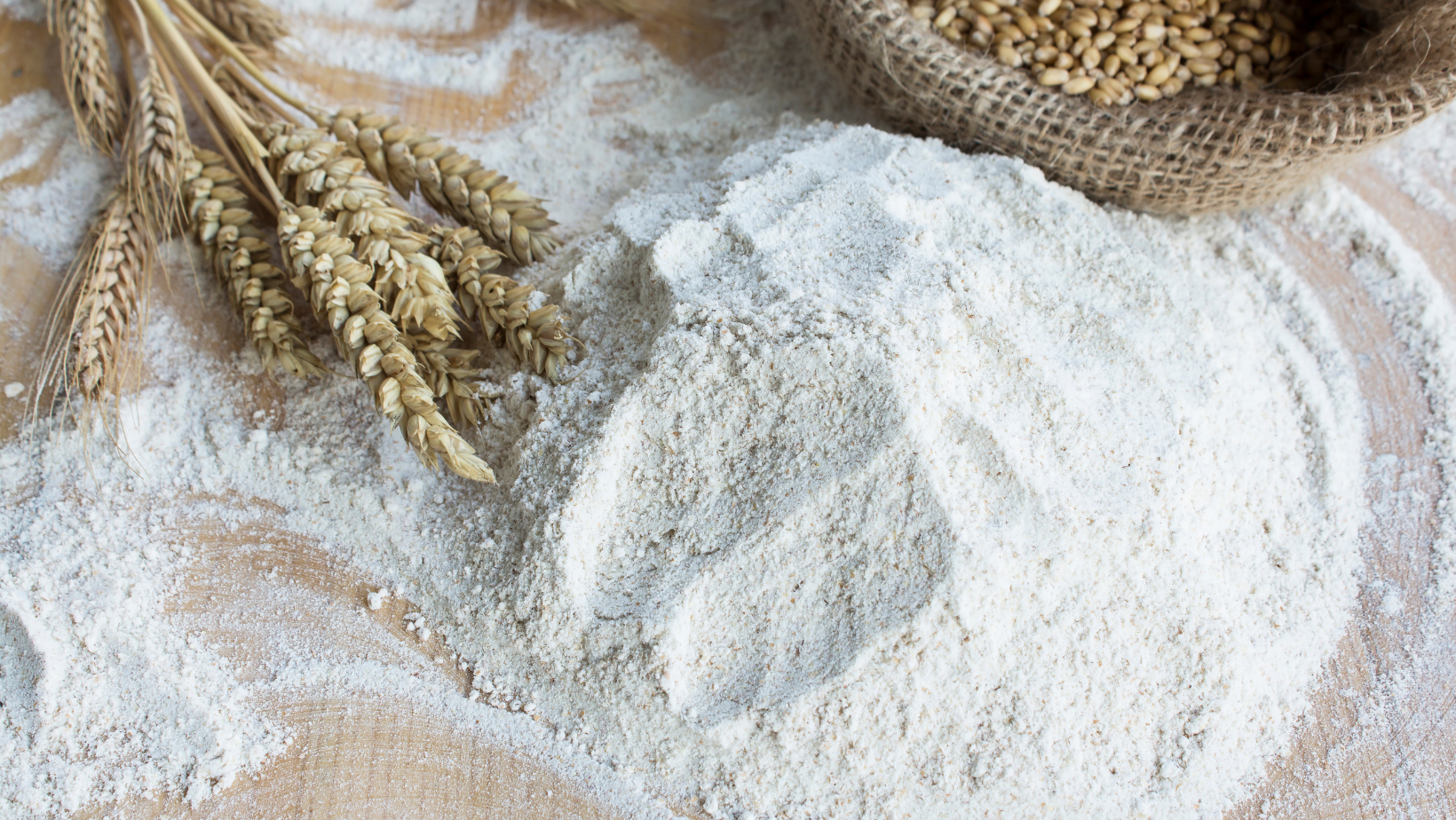
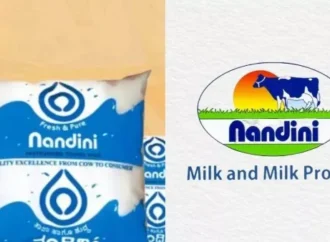


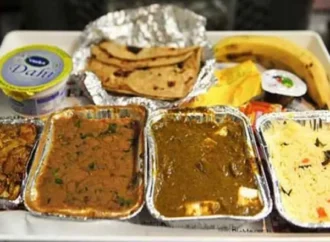
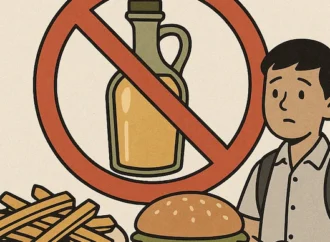

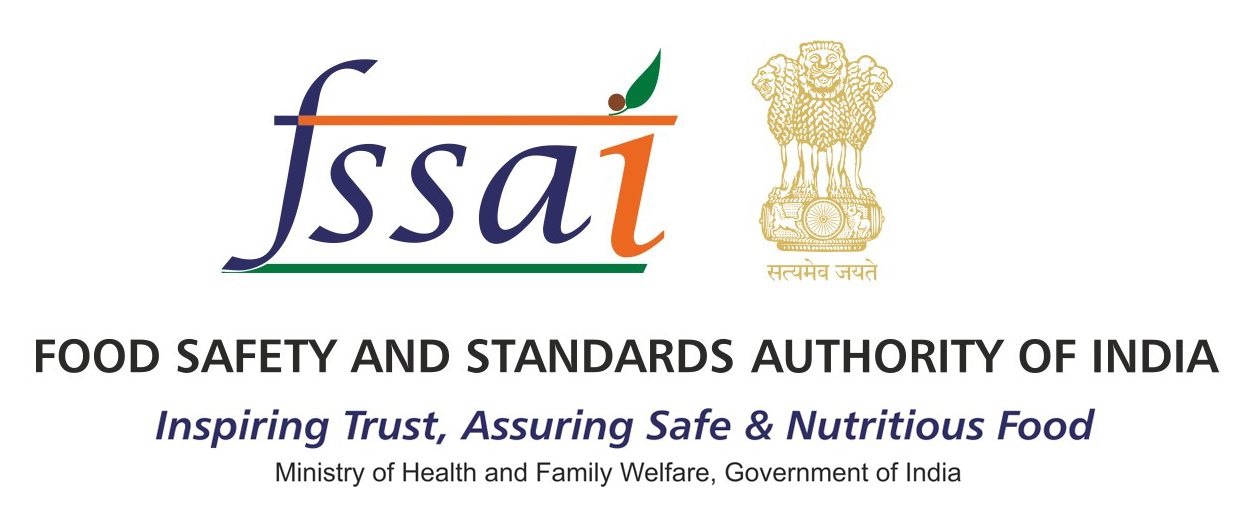

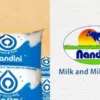









Leave a Comment
Your email address will not be published. Required fields are marked with *